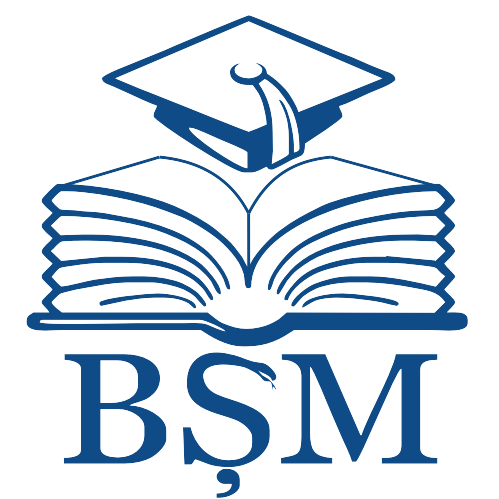| DC Field | Value | Language |
|---|
| dc.contributor.author | Lefter, Gheorghe | |
| dc.date.accessioned | 2024-10-28T12:50:28Z | |
| dc.date.accessioned | 2024-11-18T22:50:33Z | |
| dc.date.available | 2024-10-28T12:50:28Z | |
| dc.date.available | 2024-11-18T22:50:33Z | |
| dc.date.issued | 2024 | |
| dc.identifier.citation | LEFTER, Gheorghe. The role of dysfunctional breathing in the pain syndrome. respiratory biofeedback and other guided breathing techniques in pain treatment. In: MedEspera: the 10th Intern. Medical Congress for Stud. and Young Doctors, 24-27 April 2024: abstract book. Chișinău, 2024, p. 372. ISBN 978-9975-3544-2-4. | en_US |
| dc.identifier.isbn | 978-9975-3544-2-4 | |
| dc.identifier.uri | https://medespera.md/en/books?page=10 | |
| dc.identifier.uri | https://repository.usmf.md/handle/20.500.12710/28778 | |
| dc.description | Universitatea de Stat de Medicină şi Farmacie „Nicolae Testemiţanu”, Chişinău, Republica Moldova | en_US |
| dc.description.abstract | Introduction. Chronic pain syndrome is a global health concern that significantly impacts patients' quality of life. It stems from various conditions, including degenerative joint diseases, neurological disorders, autoimmune diseases. Despite its widespread prevalence, the role of dysfunctional breathing in initiating and sustaining chronic pain is often overlooked, resulting in misdiagnoses and inadequate treatment. Recognizing the profound impact of breathing on pain and exploring methods to enhance patients' respiratory health is essential for improving their overall well-being.
Aim of study. To assess the impact of dysfunctional breathing in chronic pain syndrome and to explore the practical utility of technologies such as respiratory biofeedback and other guided breathing techniques in treating chronic pain.
Methods and materials. Bibliographic sources were analyzed using PubMed, Google scholar.
Results. The majority of analyzed clinical studies suggest a positive impact of a specific respiratory intervention on pain. Additionally, 4 of the analyzed studies did not apply the breathing technique independently of other potentially active therapeutic components, such as relaxation, massage, listening to the soothing sound of the sea, and meditation. In these studies, it is not clear how much each of the different interventions contributed to pain reduction or if the respiratory intervention contributed at all to the effect. Several factors in the analyzed clinical studies render it difficult to draw a general conclusion regarding the effectiveness of respiratory interventions, as well as the mechanisms that could determine a hypoalgesic effect. Firstly, it is evident that the quality, type, and intensity of the studied pain are highly heterogeneous in the analyzed clinical studies. Slow breathing exercises are unlikely to have the same outcome in different conditions, including burn pain, musculoskeletal pain, acute emergency pain, or labor pain. In several studies, the diversity of pain seems considerable even within a sample of patients from the same study.
Conclusion. Therefore, while there are study results supporting the benefits of breathing techniques in pain management, the direct relationship and specific mechanisms involved remain subjects for further investigation, underscoring the ongoing need for research in this field. It is advisable for future clinical studies to standardize and carefully report the applied breathing technique, as well as how it is instructed to patients. | en_US |
| dc.publisher | Instituţia Publică Universitatea de Stat de Medicină şi Farmacie „Nicolae Testemiţanu” din Republica Moldova | en_US |
| dc.relation.ispartof | MedEspera: The 10th International Medical Congress for Students and Young Doctors, 24-27 April 2024, Chișinău, Republic of Moldova | en_US |
| dc.title | The role of dysfunctional breathing in the pain syndrome. respiratory biofeedback and other guided breathing techniques in pain treatment | en_US |
| dc.type | Other | en_US |
| Appears in Collections: | MedEspera 2024
|


